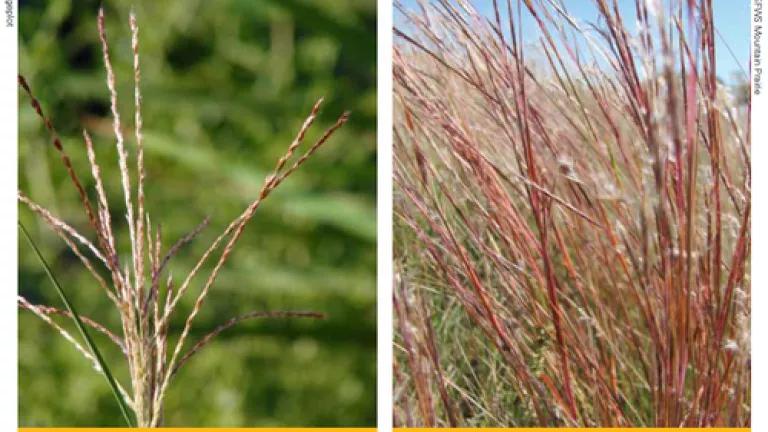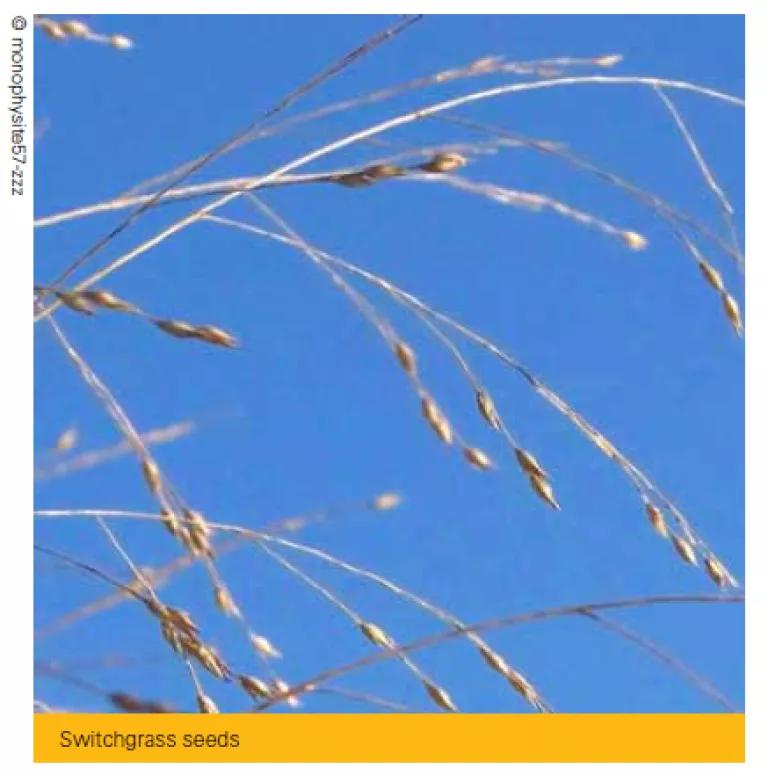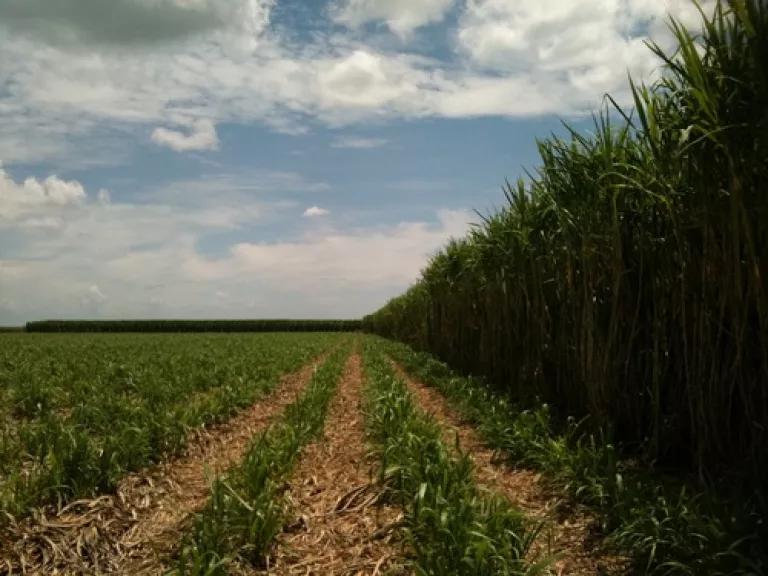
Every day our economy pumps more heat-trapping greenhouse gases into the atmosphere, with consequences all too real for all too many Americans, from those of us who faced the wrath of hurricane Sandy to all the farmers hit by the most widespread drought the country has seen in more than half a century. Globally, transportation is the fastest growing source of GHG emissions and contributes about 30% of U.S. emissions. Our cars, airplanes, school buses, construction and farm equipment will all demand liquid fuels for years to come. This means Americans need clean, safe and renewable liquid alternatives to oil.
To date, however, the market for biofuels has been dominated by first-generation fuels like corn ethanol, which rely on a fairly old technology—basically taking sugar and converting it to alcohol. The water and air pollution impacts of corn ethanol are well-documented. I vividly remember seeing this map, published by the New York Times in the spring of 2010, comparing the size of the Deepwater Horizon oil spill to the 2009 hypoxic zone in the Gulf of Mexico. The runoff of excess nitrogen from corn grown all along the Mississippi River causes a massive dead zone in the Gulf every summer, which takes a huge toll on marine life and region's economy. And emissions of nitrous oxide (N2O) from all that fertilizer—a greenhouse gas over 300 times more powerful than carbon dioxide—are a major contributor to global warming.
With roughly 40% of our annual corn crop now going to fuel our cars, it’s clear that we must urgently move beyond corn ethanol in our search for alternatives to oil. More than ever, we need new and innovative biofuels made from feedstocks that don’t compete with food production and deliver real environmental benefits, from reducing carbon emissions to protecting our valuable watersheds.
A new study published last week in the Journal of Environmental Quality, suggests that a switch to perrenial energy crops could do just that.
In 2008, a group of researchers planted switchgrass, miscanthus and mixed prairie grasses alongside a traditional corn-corn-soybean rotation at a University of Illinois research farm. They then managed the two sets of plots for four years to replicate the practices at a typical farm in central Illinois and measured several indicators of nitrogen use and runoff, including soil nitrogen mineralization, nitrate leaching, drainage flow and nitrate concentrations, as well as nitrous oxide emissions, across the plots.
The paper isn’t available without a subscription, but here’s what they found:
“Our results clearly demonstrate that environmental N [nitrogen] fluxes from row crop agriculture can be greatly reduced after establishment of perennial biofuel crops. Nitrate leaching and N2O emissions were much less in miscanthus, switchgrass, or prairie compared with corn and soybeans. At harvest, all the perennial feedstocks contained less N than corn or soybeans because perennial grasses efficiently recycle nutrients by removing them from the aboveground biomass to the roots or rhizomes at senescence.”
In other words, planting low-input perennial energy crops could not only reduce greenhouse gas emissions, but also greatly improve water quality, helping to mitigate major ecological and economic problems associated with the dead zone in the Gulf of Mexico and other critical watersheds.

At same time, because such a large share of our corn acres is dedicated to ethanol production, somewhat counter-intuitively, converting some of the land currently growing corn into perennial energy crop production will likely not mean that there is less corn for food or livestock feed or that food prices will go up; rather it will mean energy is “grown” more efficiently, freeing up more acres for actual food production.
So what does this mean for our biofuels and conservation policies?
Today, several policies form the infrastructure for transitioning from dirty to clean fuels. The Renewable Fuels Standard (RFS) serves as the cornerstone of our national biofuels policy. It mandates an increasing volume of biofuels be blended into our gasoline supply and seeks to couple incentives for better environmental performance with support geared specifically towards the most innovative biofuels with the best potential to scale up in environmentally responsible ways. Federal tax credits, such as the cellulosic ethanol income tax credit, encourage private investment in biofuels made from non-food feedstocks. The Biomass Crop Assistance Program (BCAP) supports farmers who grow these feedstocks: crop residues, dedicated energy crops like switchgrass, and other perennial grasses. And in California, a Low Carbon Fuels Standard is poised to direct the market towards fuels with lower GHG emission profiles, a measure which largely depends on the biomass feedstock used to produce the fuel and how it is grown.
Slowly but surely, these policies are working.
While certainly imperfect, as my colleague Nathanael discussed here, entrepreneurs and innovators in the advanced biofuels industry all say that the RFS is critical to attracting the investment they need to get their fuels out of the lab and into the market place.
But the RFS alone is not enough.
To get the biofuels we need—and the environmental benefits they promise—we need to invest in helping farmers plant the kinds of energy crops studied at the University of Illinois. We must redouble support for programs like BCAP, geared towards helping farmers get dedicated energy crops like perennial grasses into the ground. We must also reform biofuel tax credits so that tax payers get real clean energy for their money, focusing government incentives on getting the first billion gallons of the best biofuels into the market.

Of course, both environmental results and establishment costs will vary. Here at NRDC, we recently sponsored a study examining the profitability of growing energy crops in different U.S. regions, estimating the minimum or “breakeven” price a farmer in Illinois, Michigan, and Oklahoma would require to switch from the state’s most profitable cropping system to growing one of five biomass crops: corn stover, miscanthus, switchgrass, native prairie grasses, and poplar. Depending on prevailing biomass prices, in some of the scenarios examined, energy crop production could be profitable today. In other cases, encouraging farmers to make the switch to energy crops for their conservation benefits—for example, reduced soil erosion and nitrogen leaching—will likely require subsidies. Those benefits are becoming increasingly clear.



